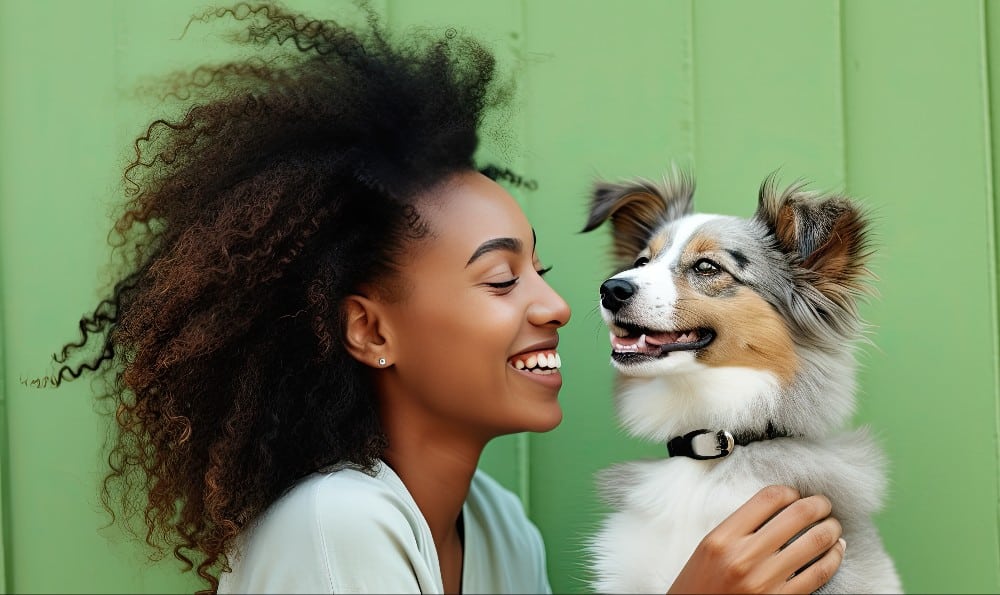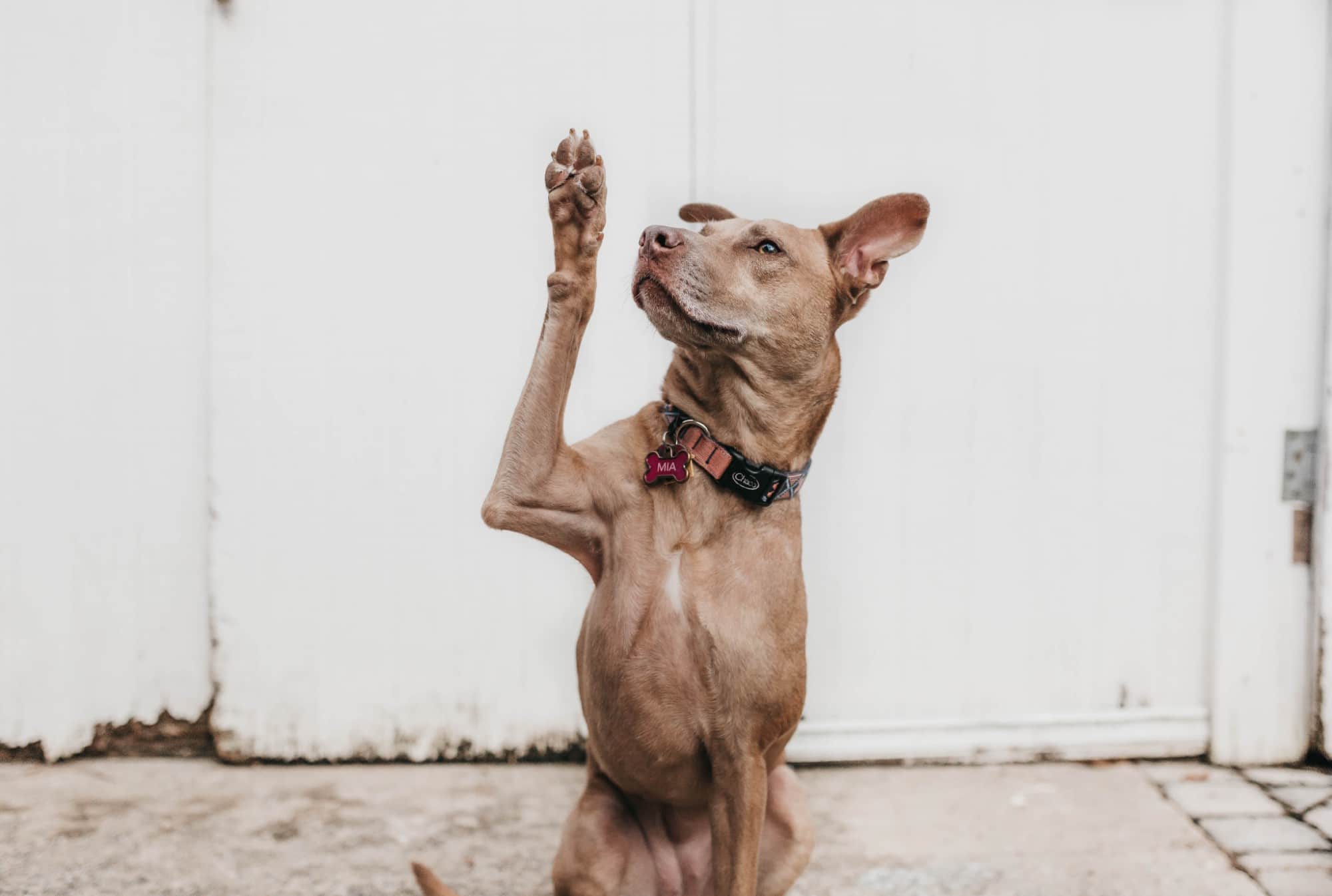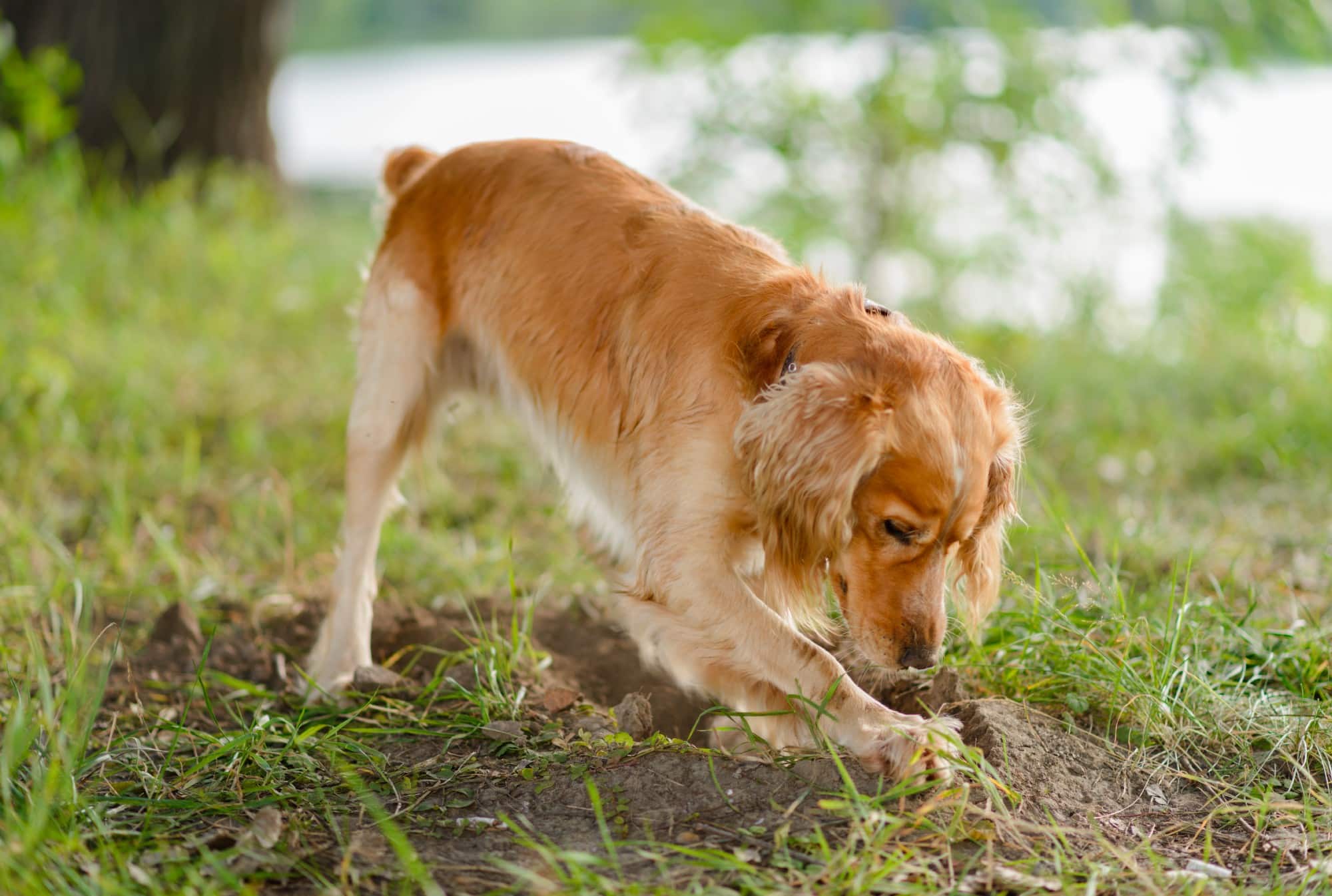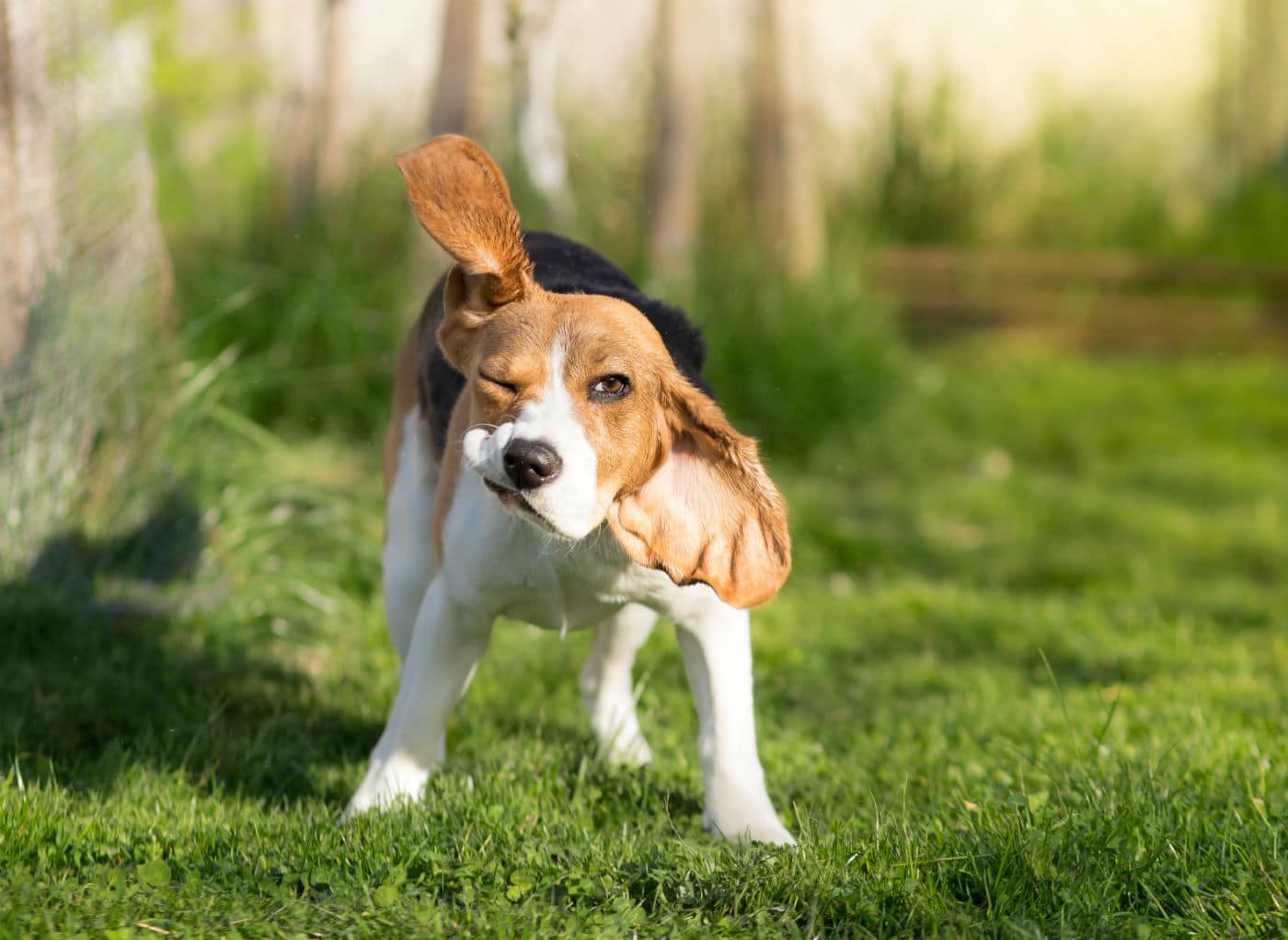Allowing your dog to sniff happily on your walks is a way to provide mental stimulation and enrich their lives. But is it good for them?
“Dogs like to sniff everything because this is how they take in the world,” says Jme Thomas, executive director of Motley Zoo Animal Rescue in Redmond, Wash. “Sniffing someone’s previously marked spot is like reading the newspaper; they are finding out information about the world from eliminations and they often want to leave their own message for the next dog, too.”
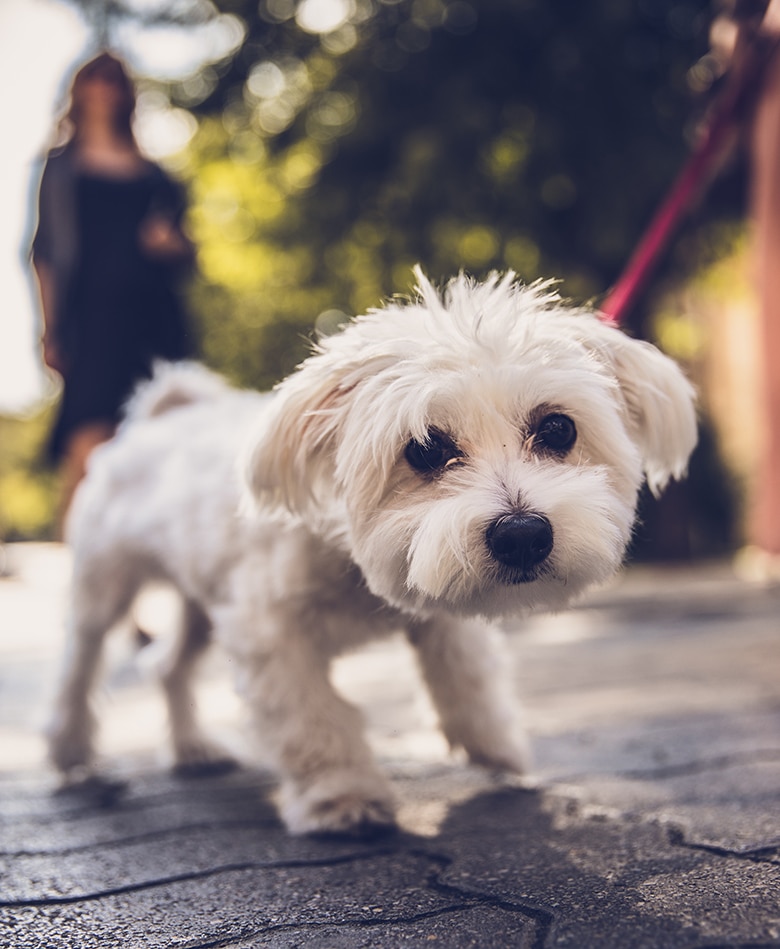
Yet, for many dog parents, your pup’s obsession doesn’t always bode well with your schedule. “There are ways to help entertain and tease their brains, but also get through your walk,” Thomas says.
To strike a healthy balance, here are some pointers to let your dog’s sniff-sleuthing skills not interfere with your time, while keeping your four-legged friend safe.
The Inner Workings of Your Dog’s Nose
In dogs, a portion of air that’s inhaled goes directly to a recessed area in the back of the nose, which opens into the upper part of the mouth. This organ processes odor, while the rest of the air flows down to the lungs.
This allows dogs to detect different strains of odor that make up one entire scent. The receptors transform the scent into signals that travel to the olfactory center of the brain to be analyzed.
And our dog’s brain is really into smell! Indeed, the part of a dog’s brain that is devoted to scent is around seven times greater than the corresponding center in a human brain. It is generally understood that a dog’s nose — depending on breed and the individual dog — is 10,000 to 100,000 times more sensitive than a human nose.
So, are you starting to understand why dog’s love to smell so much? A dog experiences the world largely through scent, while humans typically rely on their vision. By sniffing the lamppost, the fence, the grass or a fire hydrant, dogs are discovering things about the location and catching up on the latest neighborhood news. That lamppost is like their version of email and Facebook. And never allowing your dog to sniff his environment is like asking a human being to walk around with a bag over the head.
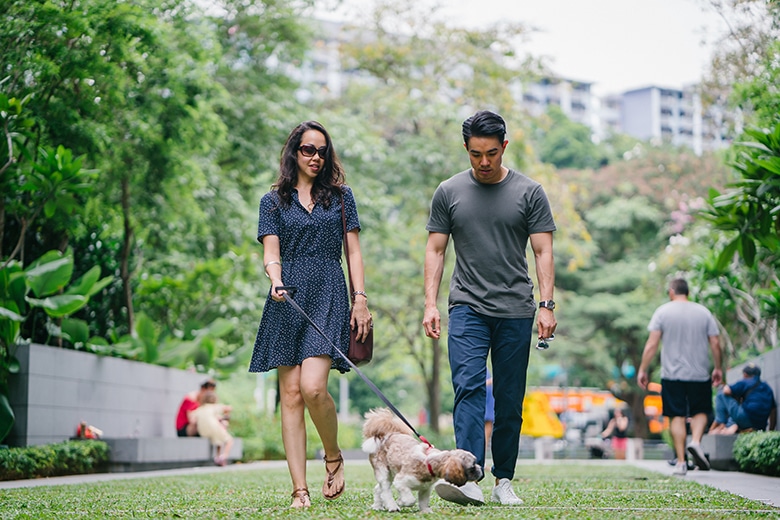
“But even though we want them to be dogs and have fun, it is important that we remember to be parents to them first,” she says. “Instill that really great training, bonding and communication — and then occasionally give them freedom in a safe environment where they still reliably defer to you.”
Structured Sniffing
When your dog stops every few feet to sniff something, it may be tempting to tug on the leash. Sometimes, that’s okay, but other times, it’s a bad call.
“I believe in structured sniffing and walks, which means I will direct it, but still offer stimulus to entertain and stimulate them,” says Thomas. “However, to strengthen our training, bond and communication, I will choose when the pup sniffs and when I need them to be walking and paying attention to my direction.”
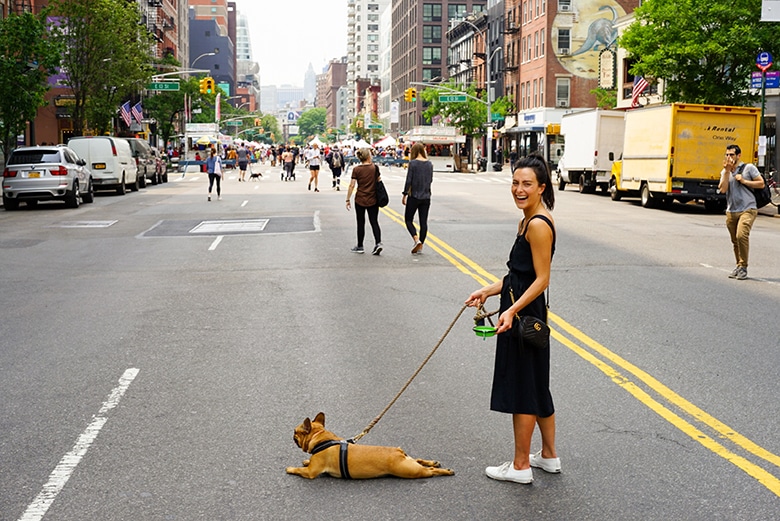
Deciding when to let your dog sniff and when to walk comes down to a number of factors, she says, including your dog’s age, the level of training your dog has mastered and what you need in a given situation. Sometimes, it’s fine to let your dog dawdle and sniff on a leisurely walk; other times, you need to get going.
Thomas calls it “managed sniffing.”
“Dogs will want to sniff everything and take forever, which isn’t a huge deal if you don’t mind,” she says. “But the problem arises when they discover something we don’t want them to be near before we can catch them and ‘approve’ it.”
Related: When Taking Your Dog for a Walk, Beware of These Hazards
Sniffing Gone Wrong
Dogs that are always allowed to do what they want, deciding when and where they should sniff, can quickly get into danger if they don’t look to us for guidance about the things they can safely investigate, says Thomas.
“They will try and sniff — and possibly eat — things they shouldn’t, if they are the ones deciding when and where they should sniff,” she says, noting that dead animals, poop, other dogs and even strangers can be dangerous.
“A Beagle pulling on the leash and sniffing might not instill fear in someone,” explains Thomas. “But if your big Rottweiler appears to be controlling you and pulling to sniff and approach a stranger, that person may become upset. And an upset person can create an upset dog.”
If your dog is difficult to control on walks, giving them free reign to approach and smell whatever they want can make training more difficult.
“I personally come from a place where the dogs I meet have always had too much freedom and not enough structure,” says Thomas. “And they land in a shelter or rescue because people didn’t do enough to train them.”
Related: Soon, You May Have Better Luck Getting a Job as a Dog Walker Than Teacher
Adding Sniffing Games to Your Dog’s Day
Even if you don’t have time every day for an extended walk while your dog exercises his nose, there are other ways to provide your dog with sniffing opportunities.
“As an alternative to sniffing everything on walks, play the ‘shell’ game with your dog at home,” says Thomas.
You’ll needs some treats and some disposable cups. Have your dog watch as you place the treats under different cups, turned upside down and then shuffle them around. Your dog will have to topple the cups to get to the treats. “Feeding them this way can be rewarding and stimulating — and you are doing this in a controlled manner and in a way that adds to your bonding.”
Other sniffing games includes puzzle toys and Snuffle mats. These work by filling with treats or hiding the treats in the mat. It will keep your dog busy, mentally engaged and allow your dog to hunt and forage.
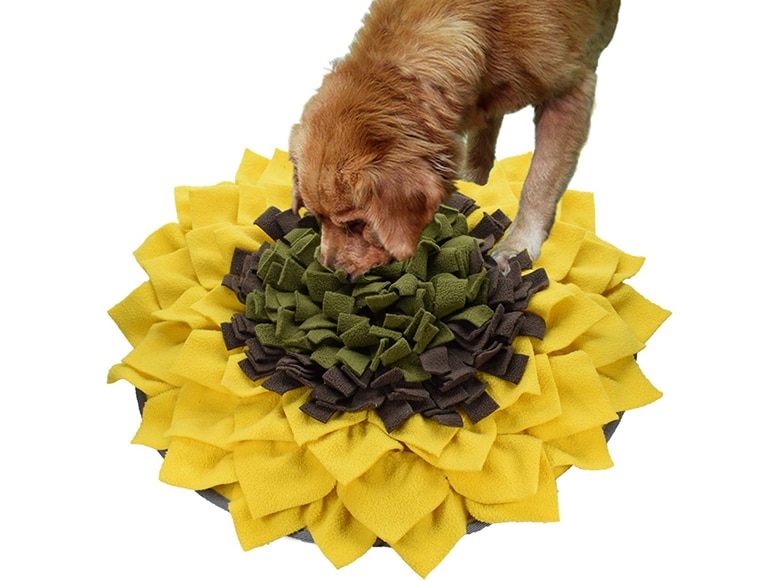
“Or start hiding treats or toys and play “Find the Thing,” says Thomas. “Use a specific toy that they love and then hide it and ask them to find it.” The idea is to keep making the game harder and more challenging. “Your dog will LOVE this game and you can do it in a manner that is controlled.”
These games keep dogs stimulated, as sniffing engages a part of their brain that is beneficial and fun for them to use.
Keep in mind, a dog with adequate mental and physical exercise will be a much healthier, calmer and better-behaved dog.














